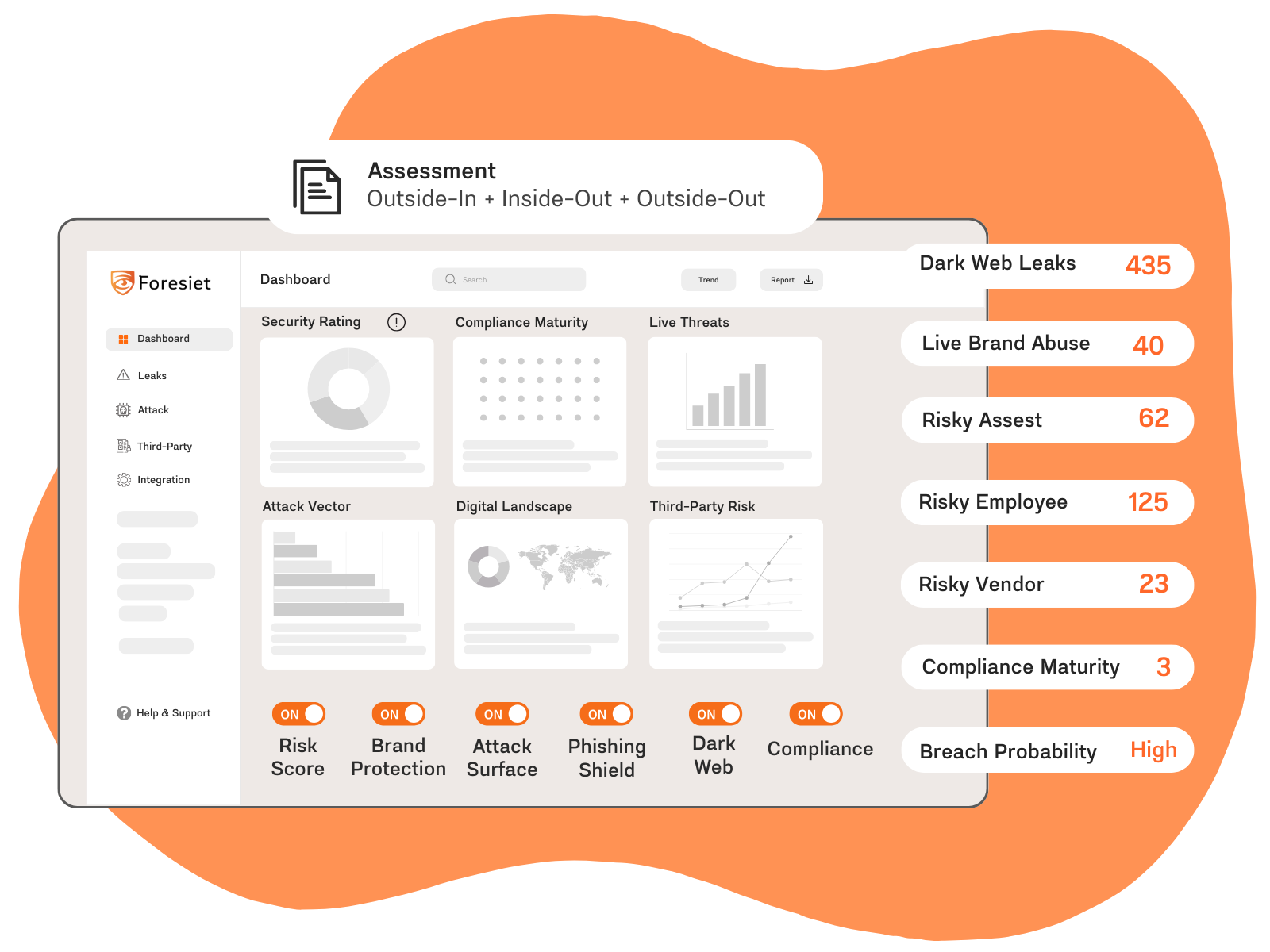The Hidden Cybersecurity Threat of Abandoned AWS S3 Buckets: A Supply Chain Nightmare Waiting to Happen

Introduction
Cloud storage is the backbone of modern IT infrastructure. It offers a relatively easy way to manage data and deploy software. A recent study has revealed crucial yet oft-overlooked vulnerability-abandoned AWS S3 buckets. These unclaimed storage containers are a significant cybersecurity threat, which may result in a SolarWinds-type supply chain attack. By re-registering these abandoned buckets under their original names, cybercriminals can use them to spread malware, steal sensitive data, and access organizations.
A Growing Cybersecurity Concern
New research from cybersecurity company Watchtower reveals how surprisingly easy it is for attackers to take control of unused AWS S3 buckets. Once abandoned by organizations, these storage buckets remain referenced within deployment scripts, software updates, and application configurations. This makes them a very tempting target for cybercriminals.
The researchers used search queries for AWS S3 bucket names in the deployment codes and mechanisms of software updates to find approximately 150 abandoned storage buckets belonging to former Fortune 500 companies, government agencies, cybersecurity firms, and major tech enterprises. These were buckets that played important roles in hosting software updates and critical configurations. They had been abandoned, and the door was open to exploitation.
How Abandoned AWS Buckets Can be Exploited: A Hacker's Gold Mine
To understand the threat in play, watch Tower researchers re-register these abandoned S3 buckets for $400. In two months, they received an astonishing 8 million file requests—requests that could have been maliciously redirected with malware, backdoored virtual machines, or compromised software updates.
The interesting part is that such compromised storage buckets were being silently interacted with by all these entities: government agencies from the US, UK, and Australia; international banks and payment networks; and giant industrial and technological firms and cybersecurity companies themselves.
How Cyber Attackers May Make Use of Old Cloud Storage
In an actual cyber-attack hackers might have:
- Injected malicious software updates in the systems based on these S3 buckets
- Gotten into the Enterprise Network unauthorized via infrastructure configuration breach.
- Launched mass-scale attacks on supply chains like the SolarWinds breach
- Unlocked data monitoring to steal sensitive corporate and governmental secrets
Benjamin Harris, CEO, of Watchtower, referred to this as a "terrifyingly simple way to conduct devastating cyberattacks." The research highlights that discarded cloud storage is not a minor slip-up; rather, it's an open invitation for attackers to infiltrate critical infrastructure.
AWS Responds, but Risk Lingers
With a report in, AWS immediately sinkhole the compromised S3 buckets so that they cannot get re-registered. However, this does not address the general problem at hand: organizations remove cloud storage assets without realizing their long-term implications on security.
AWS recommends:
- Use unique IDs when creating a bucket name to prevent accidental re-use.
- Run regular audits to ensure no such abandoned buckets continue to be referred to
- Introduce bucket ownership control mechanisms to counter impersonation.
- Use dark web monitoring to monitor potential abuse of unused cloud storage.
What Can Organizations Do?
To minimize the risk of abandoned cloud, organizations should:
- Use periodic digital footprint analysis to identify unutilized cloud resources.
- Use dark web monitoring to detect potential security threats.
- Enforce decommissioning procedures for cloud storage and software repositories.
- Monitor brand impersonation defense systems to detect and prevent attackers from exploiting abandoned assets.
- Evaluate online risk and implement digital threat-scoring mechanisms to prioritize vulnerabilities.
Conclusion
Unless monitored, unattended AWS S3 buckets are a cyber threat to businesses using cloud infrastructure. Cybercriminals are always searching for unused assets that can be exploited for impactful attacks. It is only with proactive security measures, brand protection strategies, and a constant watch on their cloud storage that businesses can protect themselves from this silent yet serious cyber threat.
In this digital world, where business success is determined by digital assets, abandonment must never mean vulnerability. Secure your cloud storage today before cybercriminals turn it into their next attack vector.
About us!
Foresiet is the pioneering force in digital security solutions, offering the first integrated Digital Risk Protection SaaS platform. With 24x7x365 dark web monitoring and proactive threat intelligence, Foresiet safeguards against data breaches and intellectual property theft. Our robust suite includes brand protection, takedown services, and supply chain assessment, enhancing your organization's defense mechanisms. Attack surface management is a key component of our approach, ensuring comprehensive protection across all vulnerable points. Compliance is assured through adherence to ISO27001, NIST, GDPR, PCI, SOX, HIPAA, SAMA, CITC, and Third Party regulations. Additionally, our advanced antiphishing shield provides unparalleled protection against malicious emails. Trust Foresiet to empower your organization to navigate the digital landscape securely and confidently.
Protect your brand, reputation, data, and systems with Foresiet's Integrated Digital Risk Platform. 24/7/365 threat monitoring for total peace of mind.


